Interested in Danish last names and their meanings? Or maybe you just want to discover some cool Danish surnames that you haven’t encountered before? Either way, this article is the perfect place to get started!
Learning about last names is a great way to understand more about a country and its culture. So, how do Danish last names work? And what is the most common last name in Denmark?
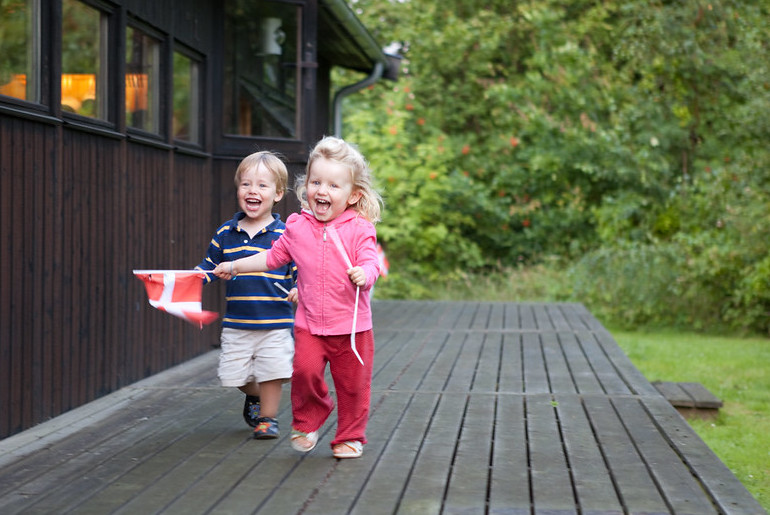
First, let’s discover a few of the most common Danish last names.
The ten most common Danish surnames
According to the official Danish body of national statistics, these are ten most common last names in Denmark in order of popularity.
- Nielsen
- Jensen
- Hansen
- Andersen
- Pedersen
- Christensen
- Larsen
- Sørensen
- Rasmussen
- Jørgensen
As you may have noticed, all these are Danish last names end in ‘sen’. But what is the meaning of ‘sen’ and where did this name ending even come from to begin with?
The history of Danish surnames: patronymics
Danish names often end in ‘sen’ because Danes have traditionally used a naming system called patronymics. This naming system was very common throughout the Nordic countries, and you can still see signs of it in lots of popular surnames.
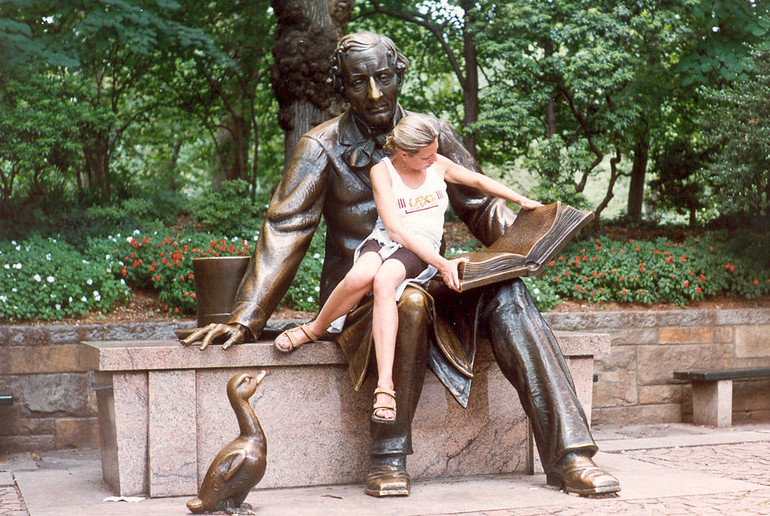
Sweden, Norway and Iceland all followed the patronymic system, and Iceland still uses this tradition today.
So what on earth is a patronymic system? Well, simply put, it’s when a person’s last name is derived from their father’s first name.
Let’s take a closer look. Imagine that a Danish father’s name is Jens Christensen. Through patronymics, his sons would be given the last name of ‘Jensen’, while his daughters would end up with ‘Jensdatter’ as their surname.
In this case, Jensen means “the son of Jens” and Jensdatter means “the daughter of Jens”. Simple enough, right?
So, when did the Danish stop getting their last names from their father?
In Denmark’s case, patronymics were outlawed in the 1820s. From then on, the use of patronymics faded away and the population adopted hereditary surnames instead, just like you see in other places like the USA and the UK.
However, in 2006, Denmark passed a new law that once again allows patronymic names to be used. Although it seems that many Danes today are not all that keen on adopting this naming technique.
Regardless, names ending in ‘sen’ still remain the most common, with more than one-third of the Danish population have a last name ending in ‘sen’.
Do Danish women change their last names?
Nowadays, lots of Danish women retain their maiden names after marriage.
However, it’s perfectly acceptable for either bride or groom to adopt their new partner’s name if they wish, provided both parties consent and they inform the Danish Marriage Authority.
Occupational Danish surnames
Aside from patronymics, there are other popular Danish last names that derive from a variety of sources. One of these includes surnames based on one’s occupation or profession.
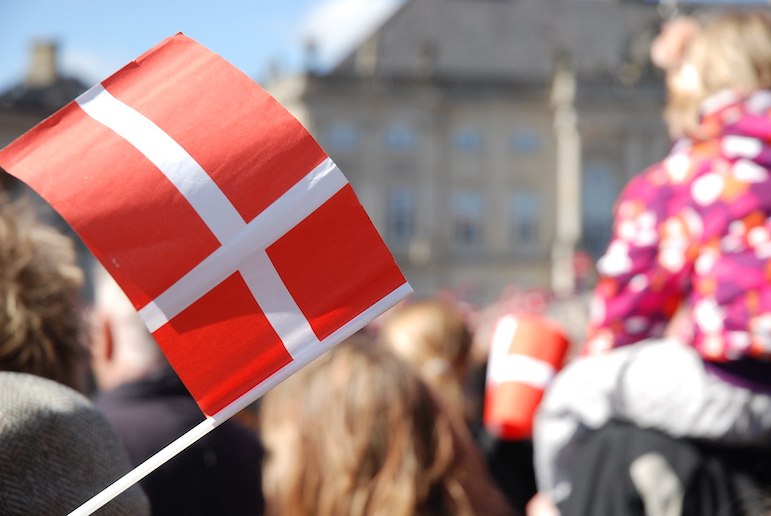
If you’re from the UK or another English-speaking country, this will feel very familiar – just think about common English surnames such as Miller, Smith or Shepherd, which all derive from jobs.
A few occupational Danish surnames include:
- Fisker (fisherman)
- Fogt (sheriff)
- Gram (grain worker)
- Skytte (shooter/hunter)
Topographic Danish surnames
Topographic surnames are names based on geographic features like streams, forests or valleys.
These types of last names are common throughout the Scandinavian countries, and while many of these are Swedish last names, it’s not uncommon to see and hear them in Denmark, thanks to the close relationship between the neighbouring countries.
- Beck (stream)
- Lund (grove)
- Stenberg (stone mountain)
- Kjaer (marsh)
- Quist (twig)
- Skovgaard (forest farm)
- Strand (beach)
- Dahl (valley)
- Holm (small island)
- Østergaard (eastern farm)
German-derived surnames in Denmark
With Germany being in such close proximity to Denmark, Danes have often adopted hereditary surnames from the German language in the past. A few popular examples are
- Møller
- Schmidt
- Nissen
- Anselm
- Hertz
- Borges
- Eilert
Nicknames as last names
Nicknames refer to a name that is added to someone’s last name or used as a second name. In Denmark, this would typically happen in small towns or villages where two people have the same name.
A unique nickname would be given to each person with the shared name. These nicknames included personal traits, appearance or sometimes animal names.
For example, if there were two people named Karl, one could have the nickname bjørn which means “bear” and the other might be called lykke which means “happy”.
These nicknames would eventually evolve into surnames and be passed down through the generations.
The least common Danish surnames
So far we’ve learned about the ten most common surnames and the history behind them, as well as other fascinating last names used around Denmark.
However, it’s also fun to learn about some unique Danish surnames. So let’s discover a few rare Danish last names.
- Udsen
- Skaarup
- Blaaberg
- Haaning
- Øster
- Nørgård
- Rokkjær
- Jensby
- Guldborg
- Guldbæk
The spelling of Danish surnames
You may have noticed that some of these names have odd-looking letters and that there are some unusually spelled names such as ‘Haaning’? What’s with the double a’s?
Well, the spelling of Danish names has a whole history in and of itself.
Danish surnames: letters
The Danish letters Æ (pronounced like the e in “egg”), Å (pronounced like the o in “oh no”, and Ø (pronounced like the French word deux or “two”) are unfamiliar letters to English speakers.
It’s important to know about these letters because they are present in many names and in many Danish words in general.
As for the double a phenomenon, this spelling is an old-fashioned way to write the letter Å. For example, the surname Haaning is pronounced almost like ‘Hoo-ning’.
Danish surnames: spelling
One interesting fact is that from around the late 1700s, søn (the word for “son”) was spelled sen, which is why all the patronymic names have the -sen ending.
Furthermore, because so many Danes lacked literacy skills up until the 1800s, names were not always spelled “correctly”.
Back in the day, the spelling of names was up to the individual writing it, and most of the time old Danish last names were spelled simply how the person thought they should be spelled!

So essentially, one name could be spelled in multiple different ways depending on who wrote the name. Some examples include:
- Kristian/Kristiansen = Christian/Christiansen
- Niels/Nielsen = Nils/Nilsen
- Carl/Carlsen = Karl/Karlsen
- Johan/Johansen = Johanne/Johanneson
Denmark has a super interesting history regarding its naming system. Some names have a very long and complex past, while other names have more simple origins.
Regardless, learning about surnames gives you great insight not only into the culture but also into a family’s background. We hope you come away from this with a new appreciation and understanding of the Danish people and their last names.
See also:
Swedish last names: how do they work?
The most popular Swedish names for boys and girls
Norse names and their meanings


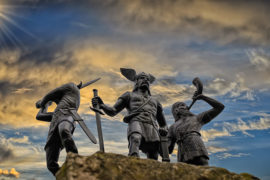
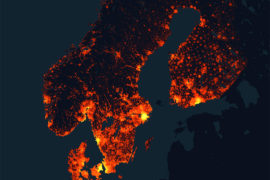
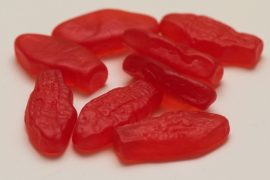
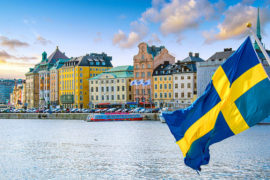



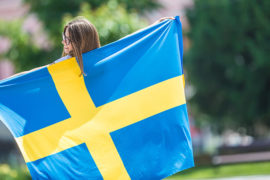
I have a very uncommon Danish surname not on the list – it’s RANDUP. There are some names that have a specific ending that causes them to sometimes be referred to as torp-names. They are fairly numerous but were most often used in the names of settlements rather than surnames. These names end with -torp, -thorp. ‑drup, ‑rup and -trup, ‑strup. They all derive from the original of ‘torp’ which means ‘an outlying settlement,‘ So ’torp-names’ usually designate settlements, farms, hamlets and villages, that have sprung from a ‘’mother’’ settlement. The main part of torp-names is from the Viking Age,… Read more »
My great,great grandfather was born in Memel in 1861. Surname Strupat. I suspected his father was either from Germany or Denmark/Sweden. No luck to date narrowing that down. Does your article give me some hope?